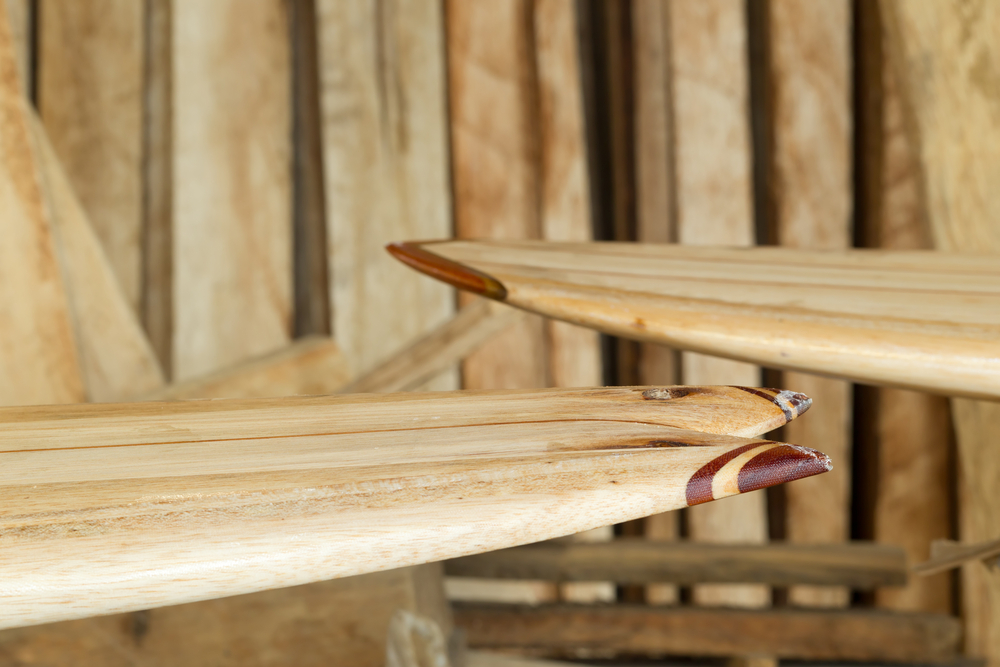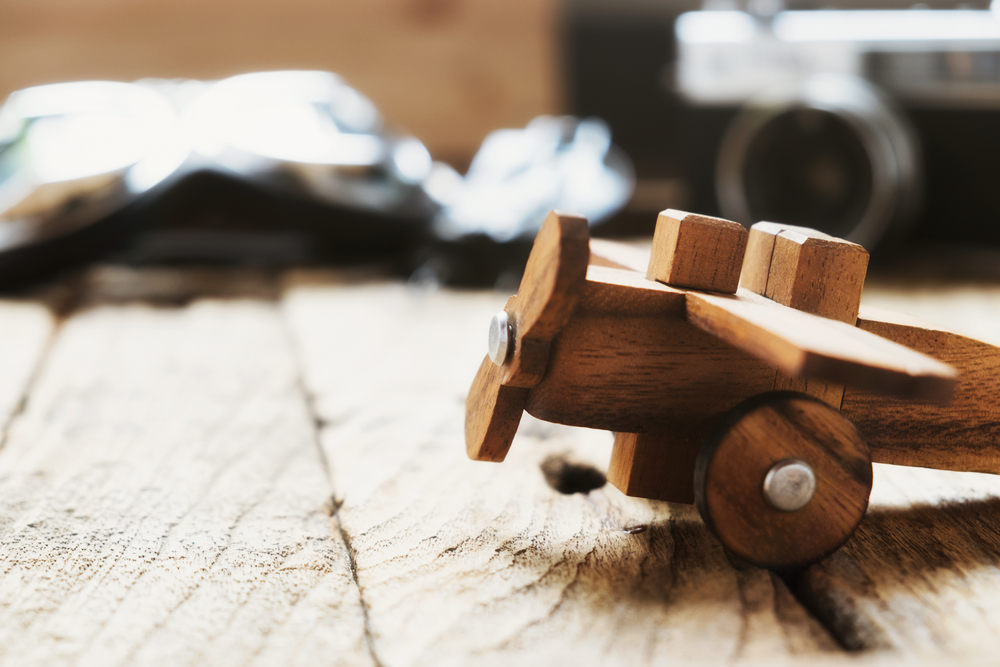
Is balsa wood good for carving?
Are you considering balsa wood for carving? Balsa wood is a widely used lightweight wood with an incredible strength-to-weight ratio. Its excellent flotation capabilities have propelled balsa wood to the forefront of many industries. It has top-notch shock and vibration dampening properties.
This is one of the few types of wood that you can work well with normal tools, even with human hands. You will notice that it contains certain cells that are large but then are the world.

This means that the amount of solid matter within the wood is minimal, although there is an exceptional amount of open space. The open space is then filled with oxygen, allowing the wood to feel light and stay afloat. This is a bit of the scientific background of balsa wood.
Properties of Balsa Wood
This is a natural soft tree that comes from central and South America. It can exist in these climates because of the humid rainforests that have grown over time and continue to cleanse the earth from the West Coast of South America. You will find this type of wood in Bolivia since it requires a warm climate.

In addition to the warm weather, the wood needs significant rainfall throughout the year and an excellent drainage system. Tropical Rivers are, therefore, a trendy place to find this type of wood. It is named after a Spanish term that defines the word “raft.”
This should give you some implication and understanding of the nature of this wood. It has an outstanding ability to float above water due to its soft texture. If you have just met someone who knows a lot about trees and wishes to impress them, then another scientific term you can use to define this wood is “Ochroma Lagopus.”
What type of wood is Balsa?
Balsa wood is very soft, although it has been defined academically as hardwood. It is a very thorny tree to gather from the forest because it is only found in very damp tropical areas. Since it is a weed tree that grows using scattering seeds, it can only grow individually or across a small space within the jungle.

You will not find entire forests created out of Balsa trees. This tree proliferated and was chosen as an excellent substitute for building materials in short supply during World War One. It became the pillar of many Navy forces within the United States of America.
Once the tree has germinated, it will take about six months to reach about 10 to 12 feet tall. After 6-10 years, you can expect that this tree will have grown to a staggering 60 to 90 feet. This made it a suitable type of wood to use in mass production.
Things to carve out of balsa wood
Here are some things you can carve from balsa:

- Model Planes
- Human Figures
- Model Houses
- Model Cars
- Music Boxes
- Animals
- Toys
- Signs and Labels for Buildings
- Train Tracks
- Planets
- Balsa Christmas Trees!
- Carving Boards or Cutting Boards!
- Surfing boards.
What not to use balsa wood for?
Despite this product’s excellent floatation capabilities, it is not well renowned for being used outdoors. This is because it is not a waterproof type of wood. This means it will likely expand and warp by absorbing all the water thrown at it.
This is although you may have used a water sealant. Therefore, you shouldn’t use this product to carve sculptures you wish to put outside.
Since this product is easily flammable, exposing it to direct heat is not good. You might be familiar with the knowledge that hardwoods are, in fact, not as explosive as softwoods. Therefore, you shouldn’t use it to build sheds.
This is a different scenario because even though it is classified as a hardwood, the tree cell stores much oxygen, which becomes highly flammable. Therefore, it is likely to burn at a higher rate than regular hardwood would.
How does Balsa compare to other types of wood for carving?
It is not necessarily the professional choice when carving because it has high water absorption and low heat resistance.
This, therefore, means it is not the most durable option you can consider when carving out pieces you wish would last for a long time. On the other hand, it is very softwood. Therefore, it is easy to carve out for beginners and people who do not have significant hand strength. It is also instrumental as a carving wood if you do not plan on moving this sculpture around too much. If the environment is correct, it will last a very long time.
Tips for Carving Balsa Wood
Wondering how to carve balsa wood? You will most likely require simple hand-cutting tools to carve out Balsa wood. It is a very soft and natural type of wood; therefore, you can only perform most of this work with your hands. The wood’s friendly nature means you can do away with heavy-duty power saws. Sanding blocks will also be essential to perfect your craft.
These are often available in a readymade package, or you can manufacture your own if you prefer. You will need these to shape and lead different edges around the sculpture block when you are carving it out. This will stop anyone who handles the product from getting splinters in their hands.
We have included balsa in our: Best Wood For Pyrography Post. See how it compares to others on that list.
Best Carving Wood for Beginners
- Pyrography Techniques for Beginners: Textures and Shading - January 23, 2024
- Troubleshooting Jointer Issues: Why is Your Jointer Not Flattening Wood? - October 11, 2023
- Unlocking the Secrets of Jointing to Increase Width - September 29, 2023